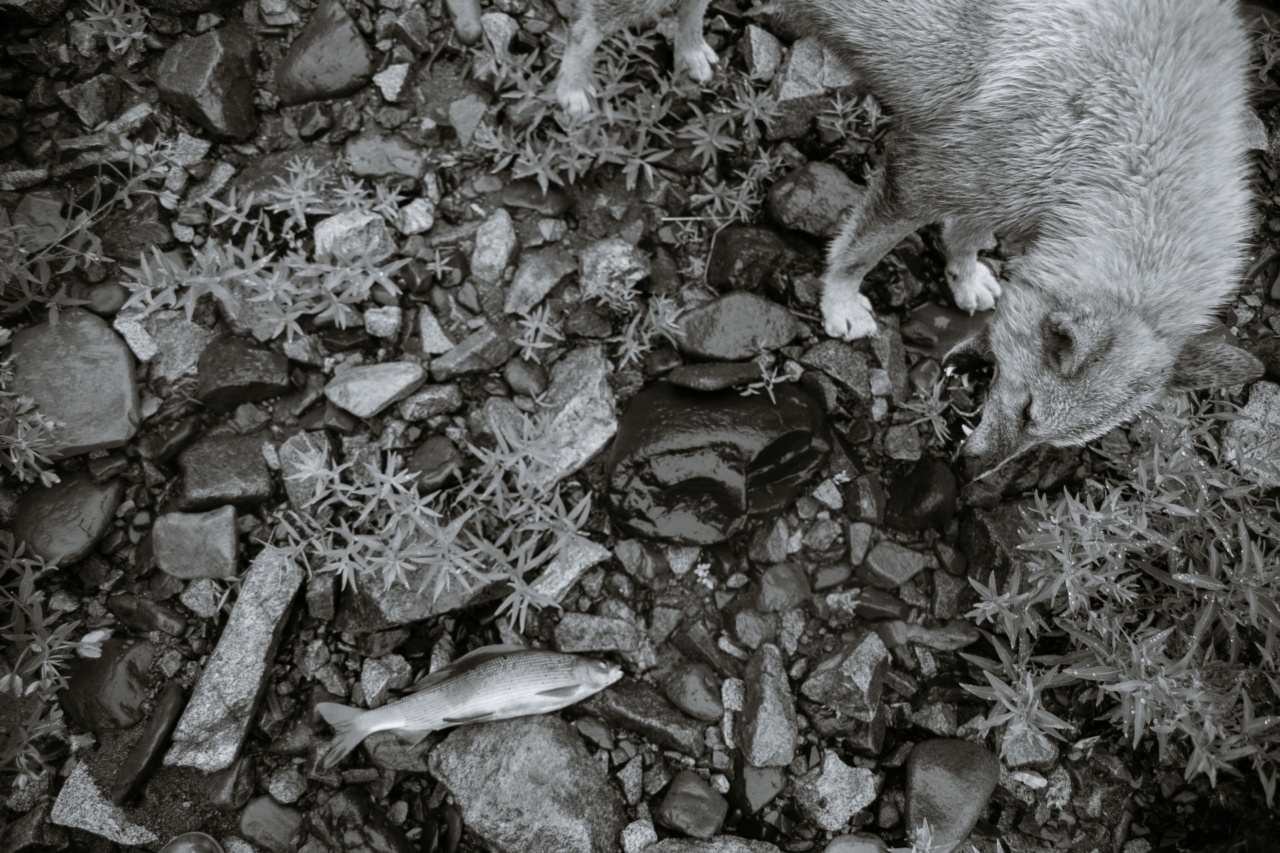Dogs are loving, loyal, and affectionate creatures that become our beloved members of the family over time. However, sometimes dogs can act aggressively towards each other, which is not an uncommon occurrence in today’s world.
Dogs can show aggression towards fellow canines due to various reasons, such as territorial disputes, fear, jealousy, or just general dominance issues.
Aggressive dogs can pose a significant threat to both humans and other animals, making it crucial for pet owners to take essential measures to prevent and protect their furry friends from them.
In this article, we will explore some of the necessary steps to help you protect your dog from aggressive dogs.
Understanding Dog Body Language
Before we talk about how to protect your dog from aggressive dogs, it is essential to know and understand the body language and behavior of dogs.
A dog’s body language can tell a lot about their mood and can help you determine whether they are feeling scared, anxious, or aggressive.
Dogs tend to exhibit certain behaviors when they are feeling aggressive. They might growl, show their teeth, bark excessively, or stare at their target intensely.
Their body language can also become tense and rigid, and they may raise their fur on the back of their neck or have a stiff tail.
Avoiding Aggressive Dogs
The best way to protect your dog from aggressive dogs is to avoid running into them altogether. Carrying pepper spray or a loud noise-making device, like a whistle, can help scare off any aggressive dog and provide some peace of mind on walks.
Walking your dog during quieter times of day, or avoiding places known for loose and aggressive dogs, can also help minimize the chances of coming across a hostile dog.
If you see a dog approaching while walking your dog, try to stay calm, avoid eye contact, and walk swiftly away.
Training Your Dog
Training your dog can help prevent potential conflicts with other dogs. Training should start at an early age and helps dogs establish an understanding of what is and isn’t allowed when addressing other dogs.
Proper training will teach your furry friend to respect other dogs, avoid confrontations, and stay near you when walking on a leash.
You can also train your dog to respond to commands, such as “sit” or “stay,” which can be useful when trying to divert their attention from an aggressive dog.
Teaching your dog to “leave it” can also be a helpful command in these situations as it will deter them from engaging with another dog.
Keeping Your Dog on a Leash
Keeping your dog on a leash can prevent a situation from escalating if you come across an aggressive dog. When on a leash, your dog is under your control, and you can quickly remove them from any dangerous situation.
It can also prevent them from running off, which can occur in stressful situations.
It is important to make sure your dog’s leash is strong, high-quality, and in good condition. Both retractable and regular leashes have advantages and disadvantages.
Retractable leashes can give your furry friend more freedom and space to explore but can be challenging to control in crowded areas. Regular leashes provide more control over your dog’s movements but may feel uncomfortable for dogs used to more freedom.
Protective Gear
Protective gear can be useful in situations where contact with aggressive dogs is more likely, such as hiking trails or dog parks. Body harnesses, spiked collars, and muzzles can all help keep your dog safe in these scenarios.
Muzzles are particularly useful if your dog has a history of aggressive behavior towards other dogs. They can prevent harmful interactions and provide a sense of safety for both pets and their owners.
However, they should only be used as a last resort and under the guidance of a professional dog trainer or veterinarian.
Avoiding Provocation
Provocation can escalate any situation between two dogs, even if one of them is usually calm and docile.
Actions like staring, growling, and making sudden moves can trigger an aggressive response from any animal, so avoiding provocation in the presence of other dogs is essential.
Teaching your dog how to stay calm, ignoring other dogs, and walking away if necessary is an excellent approach to avoid provocations.
On the other hand, avoid petting other dogs you meet, at least until you know both dogs are comfortable with each other. Finally, try to avoid any situation that may expose your pet to danger or provoke conflict.
Talking to a Professional
If your furry friend continuously engages in aggressive behavior, or you’re concerned about its interactions with other dogs, talking to a professional is the best approach.
A dog trainer or a veterinarian who specializes in animal behavior can help address specific issues and develop the right strategy for improving your dog’s behavior.
Seeking professional help is also a good idea if your furry friend has had a negative interaction with another dog, resulting in injuries or trauma.
Professional guidance will help your dog build confidence through positive reinforcement, which will eventually lead to a more positive and peaceful interaction with other dogs.
Giving Up a Dog
In some cases, giving up your furry friend may be the best option, particularly if the animal has a history of aggressive behavior.
If you’re experiencing recurrent conflicts with other dogs or if your pet has caused harm to another animal, it may be time to consider giving your furry friend up for adoption to a responsible pet owner or shelter.
Conclusion
It is essential to take action to protect your dog from aggressive dogs, as these situations can become dangerous without proper prevention.
Whether it’s through proper training, quality gear, avoiding provoke others pet, keeping your dog on a leash, or seeking professional help, there are plenty of ways to keep your furry friend safe.
Remember, the best way to protect your dog is to be proactive and aware of your surroundings, guaranteeing your furry friend has a peaceful and happy life with you.




























